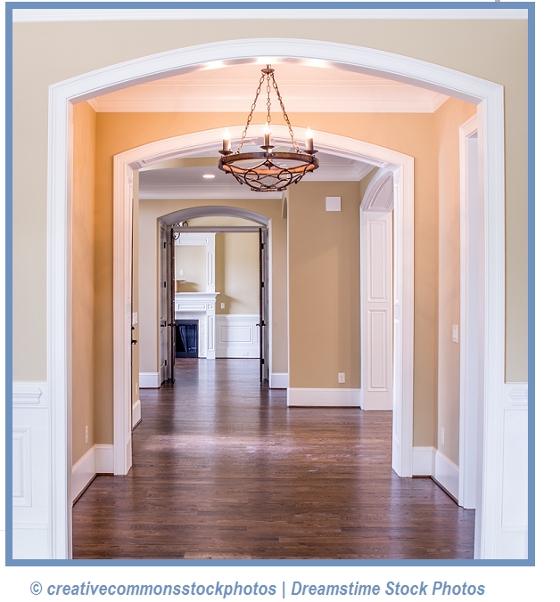No matter what you think of snakes, you must agree that they have a unique way of dealing with worn-out skin. When the time comes, they simply shed it — like an old jacket — revealing a fresh new skin underneath.
Your home's roof doesn't have that advantage! So, when the shingles wear out or become damaged, you need to have them replaced.
Unfortunately, it's not always easy to determine whether your shingles need replacement right away, or whether you can hold off for another year. Assuming your home has the most common type of shingles — asphalt —here's what to look for:
• Corners upturned on some shingles.
• Missing shingles.
• Shingles lifting during high winds and not settling back into place (flat) within a day or two.
• Heavy accumulation of shingle debris (particles) in the gutters.
• Shingle bits and pieces found on the ground around your home.
• Spots on your roof that still look wet a day or two after a rainfall. (This
could be a sign of water infiltration into the felt or even the roof deck.)
If you have any of these signs, be sure to have a roofing contractor take a closer look.
Before investing in a new roof, be sure to check with the retailer or contractor who supplied the original materials. Your shingles might still be under warranty.
Bottomline: Don't delay. You don't want to wait until you hear drip drip drip before taking action!








 ive hallways much thought when painting and
ive hallways much thought when painting and 

 t of money for a new washing machine, wouldn’t it be nice to know how long you should expect it to last? There is, of course, no exact formula for figuring that out. Every brand and unit is different. There are however, some broad estimates.
t of money for a new washing machine, wouldn’t it be nice to know how long you should expect it to last? There is, of course, no exact formula for figuring that out. Every brand and unit is different. There are however, some broad estimates. freeze in the winter or start reading by candlelight to
freeze in the winter or start reading by candlelight to 

